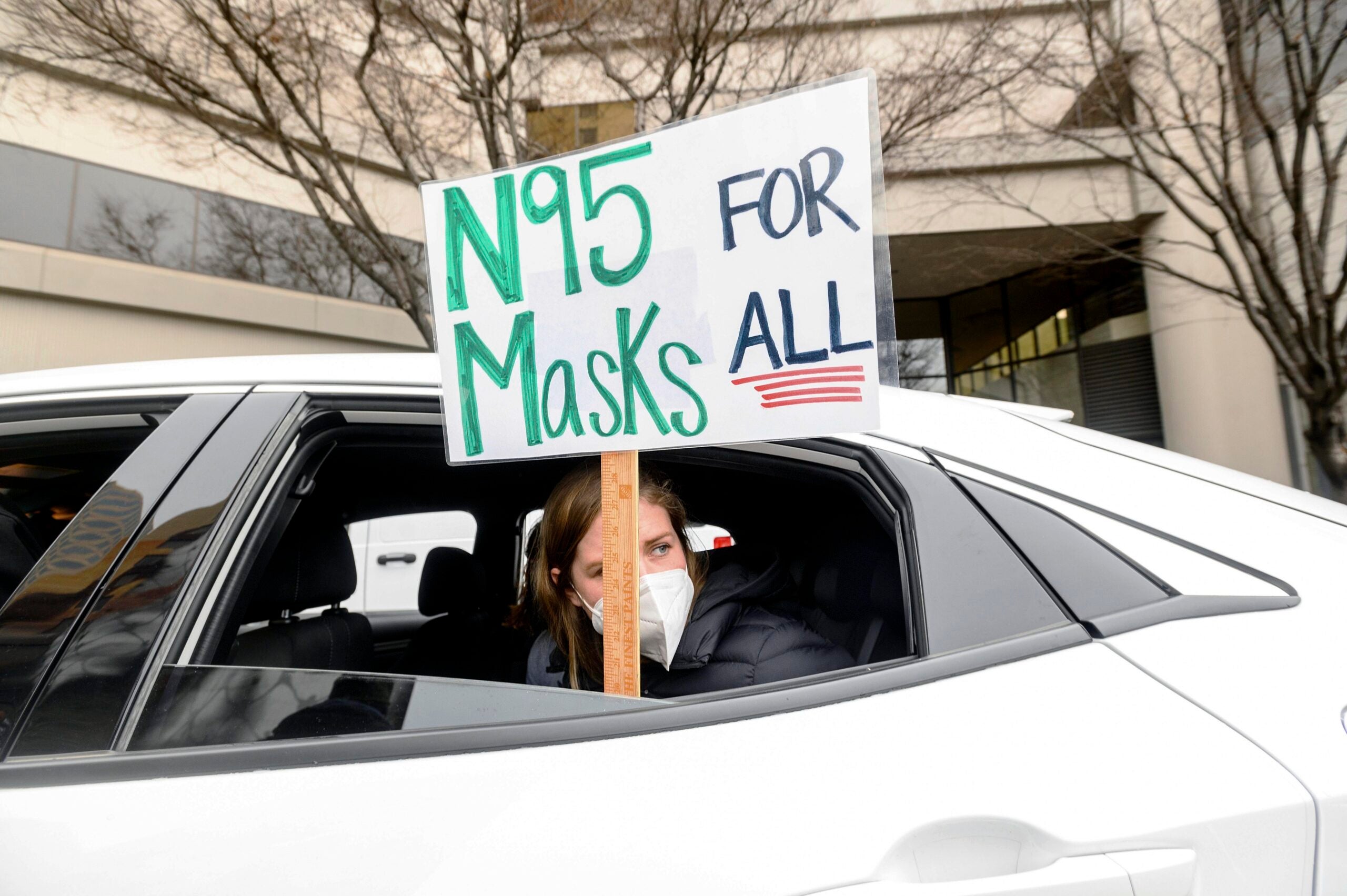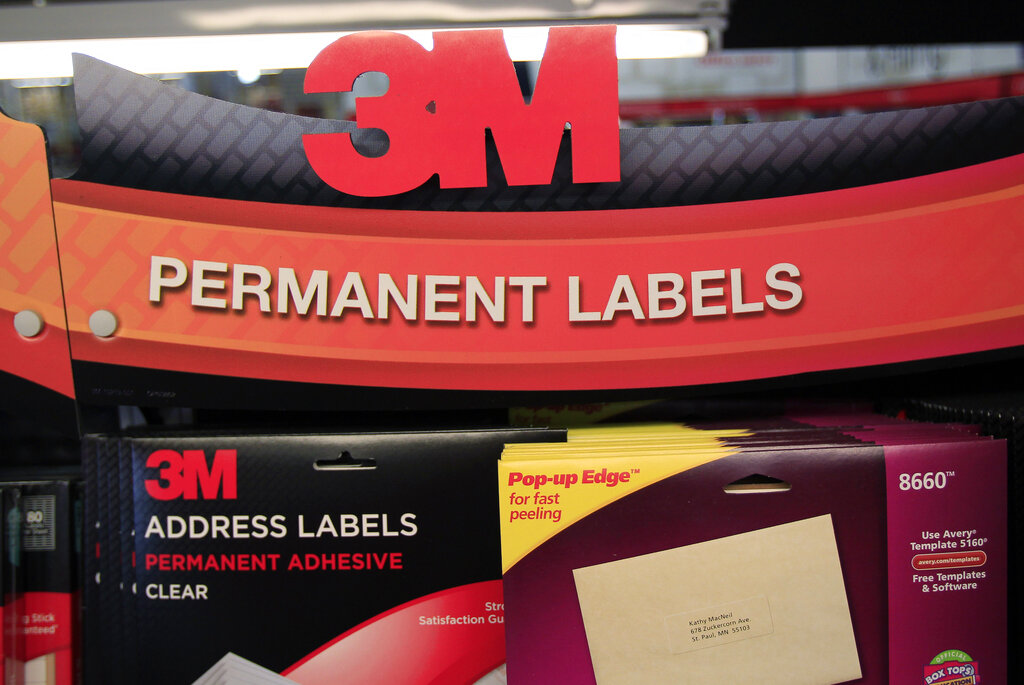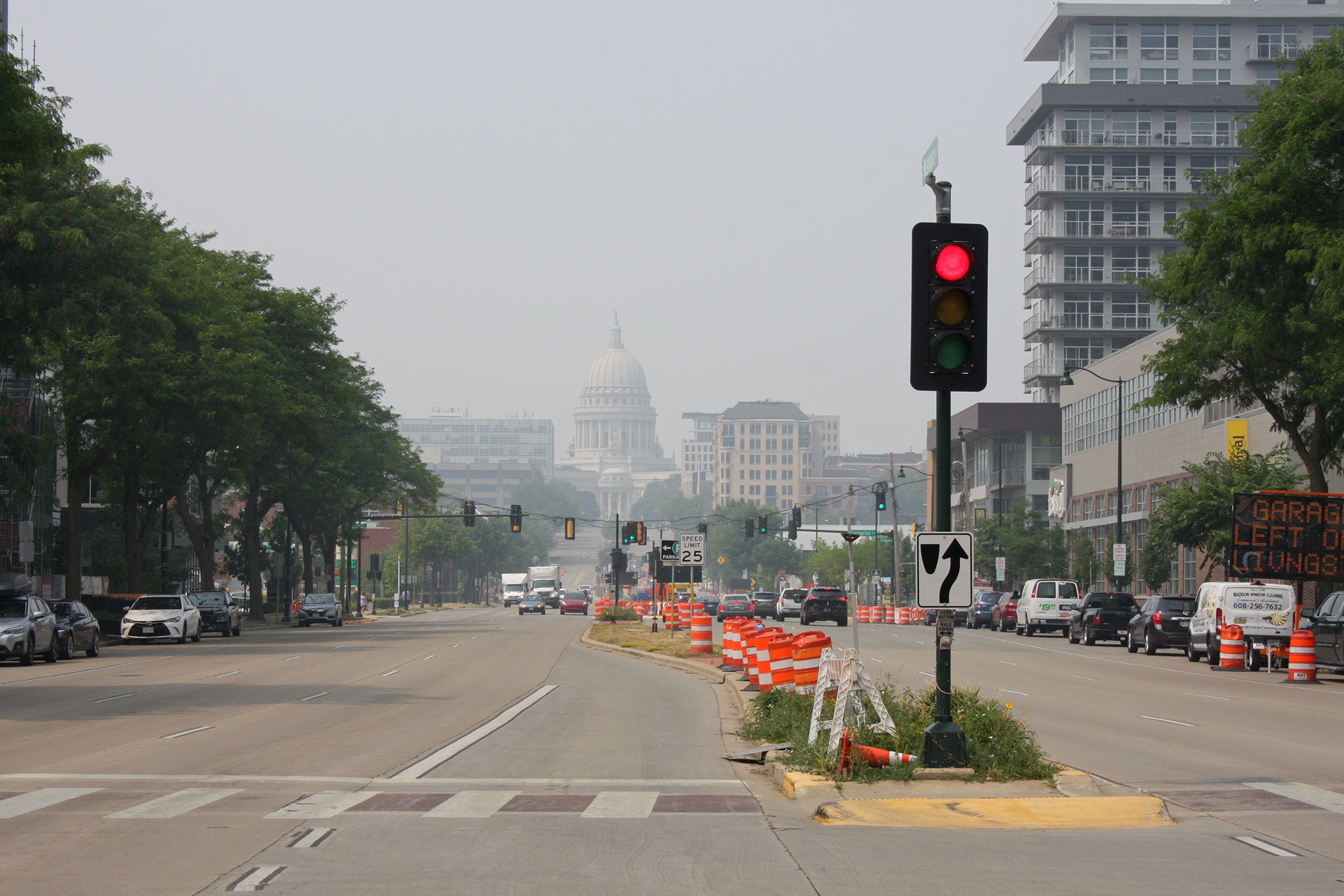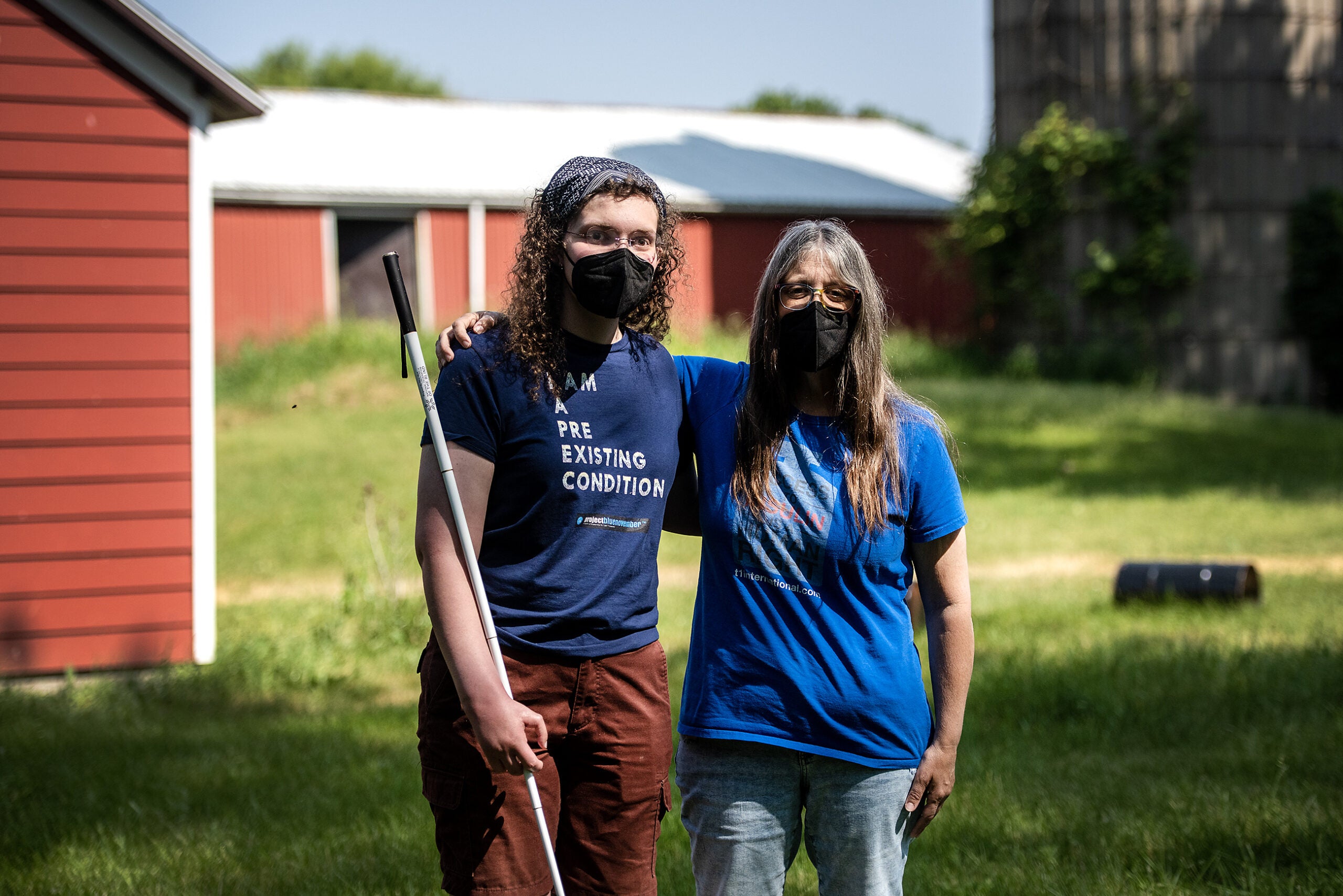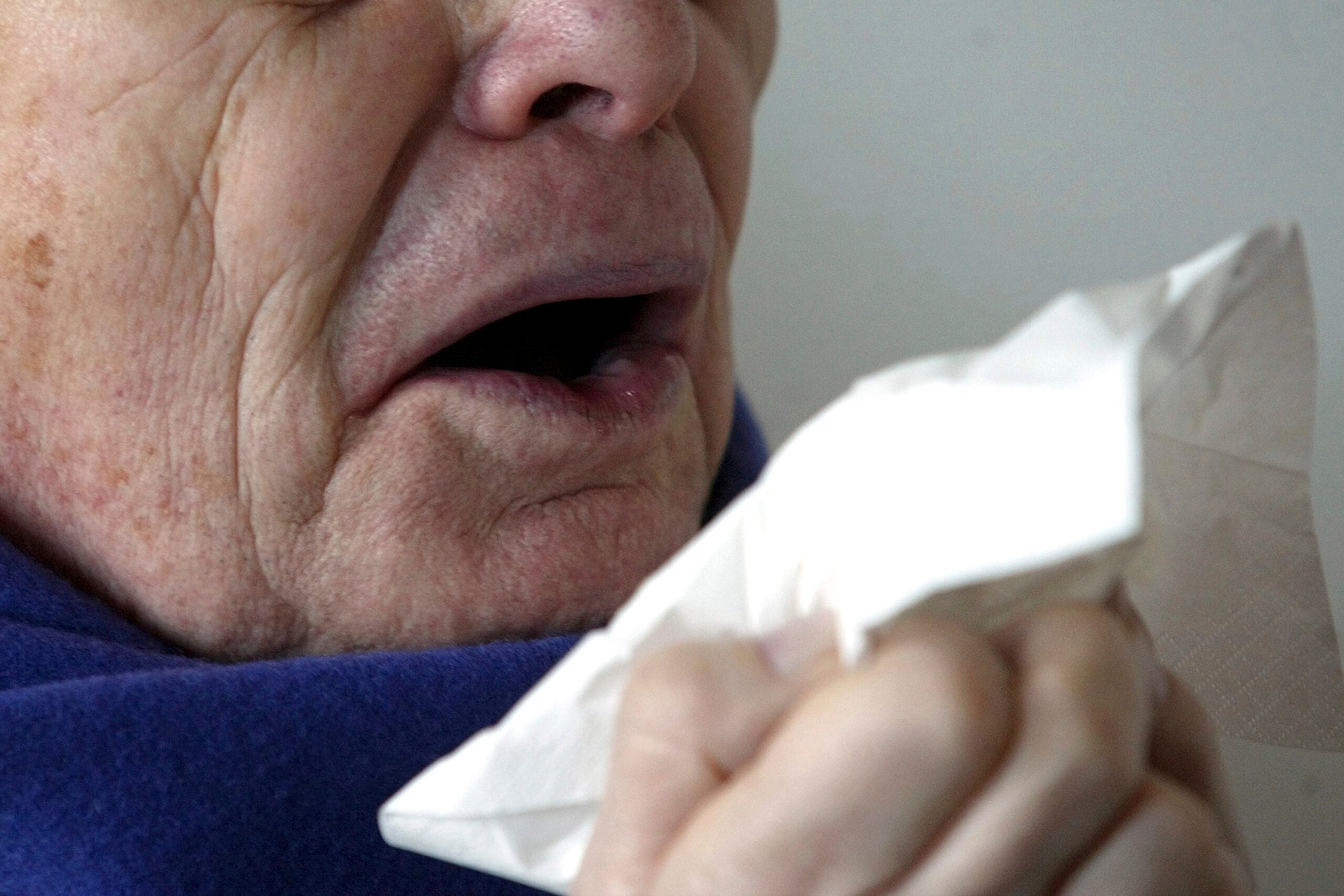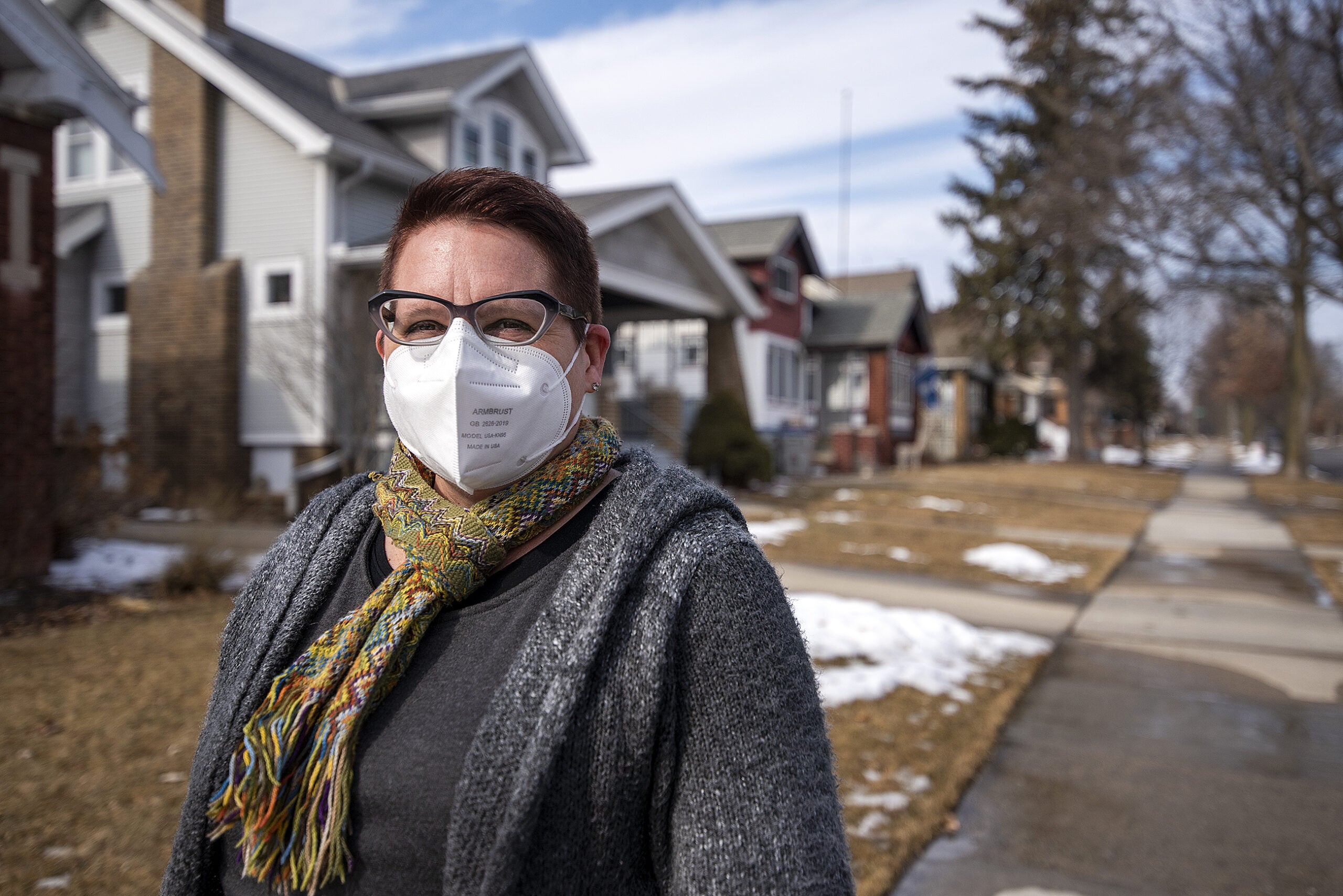Free N95 masks can now be picked up by customers of select retail pharmacies and community health centers across Wisconsin, as part of the Biden administration’s plan to tamp down the spread of COVID-19.
Anyone can ask for the free masks that the Centers for Disease Control and Prevention say provide greater protection against COVID-19 compared to other types of masks. The CDC updated its mask guidelines Jan. 14, clarifying cloth masks do not provide as much protection against COVID-19 as well-fitted N95 or KN95 respirator masks. Still, the agency says a well-fitting mask is better than no mask.
“It’s much better than a cloth mask for preventing any contaminants from coming in,” said Mark Melotik, environmental director for Kenosha County. “And it gives a better seal than many of the surgical masks that were given out before.”
News with a little more humanity
WPR’s “Wisconsin Today” newsletter keeps you connected to the state you love without feeling overwhelmed. No paywall. No agenda. No corporate filter.
The Biden administration announced the plan last week to distribute 400 million N95 masks through the Federal Retail Pharmacy Program.
Those masks are finally arriving at select retail pharmacy locations. In Wisconsin, participating pharmacies include Costco, CVS, Hy-Vee, Meijer, Kroger, Walgreens, Walmart and several other regional locations.
While some Meijer and Hy-Vee locations were already distributing masks as of Thursday, most other pharmacies, including Walgreens, expect to have masks by Friday. Timelines vary by retailer and not all locations of a given retailer will be distributing masks.
People can call retailers in advance to confirm availability.
“All of our (pharmacy) locations should have them by end of day Friday, and we will be distributing them until they are gone in each of those locations,” said Christina Gayman, Hy-Vee’s assistant vice president of communications. She added that masks will likely run out faster in the more populated metro areas.
Each individual is limited to three masks, and they must be picked up in person. No identification is needed.
The nationwide N95 mask distribution is part of a broader effort by the Biden administration to tackle the pandemic amid recent surges in new cases and hospitalizations due to the omicron variant. Americans can also order four free at-home COVID-19 tests through the U.S. Postal Service.
State efforts
The Wisconsin Department of Health Services has been doling out its own stash of masks over the past few weeks. According to a press release from Gov. Tony Evers Office, the state has distributed more than 5.4 million N95 and KN95 masks to more than 130 locations since the start of the year.
“Wearing a well-fitting mask in public places is a critical tool to slow the spread of COVID-19, and it is important to remember that any mask is better than no mask,” said DHS Secretary Karen Timberlake. “To protect yourself and others from COVID-19, wear the most protective mask you can that fits well and that you will wear consistently.”
The majority of these masks are being distributed through Wisconsin’s county health departments, schools, libraries and community-based organizations.
Kenosha County received 440,000 masks from the state, and Melotik said they have been working with community partners to distribute them quickly.
“The biggest one that has delivered the most for us has been the libraries,” Melotik said.
Families and individuals can visit libraries throughout Kenosha County and take home a pack of 20 masks. Melotik said the county still has about 70,000 masks remaining.
Dane County has also found distribution through community partnerships to be effective. Lourdes Shanjani is the bilingual health education coordinator for Public Health Madison and Dane County. She said the agency received 100,000 masks last week and has already distributed 85,000 through collaborations with places like public libraries, churches, the Hmong Institute, Planned Parenthood and the Latino Health Council.
“Working together with community partners has really generated that collective interest and action in masks,” Shanjani said. “Having this type of distribution really helped us reach out into different geographic areas in the county and also different segments of the population.”
Shanjani said Dane County residents can still get five masks per household from public libraries or the health agency’s offices on East Washington Avenue and Park Street, but she advised acting quickly.
“They are going through those pretty fast so if people want to go get some, the sooner the better,” she said.
In just two weeks, the Boys and Girls Club of Dane County gave out 200,000 N95 and KN95 masks to individuals and nonprofits, said Laura Ford-Harris, chief development officer.
“Individuals have traveled as far as two hours away or more to come and pick up masks,” she said.
Ford-Harris said the mask giveaway efforts consumed a lot of staff and volunteer time, and the organization stopped individual distribution for now. She said they’re grateful to see the federal government stepping up.
“With the governor and President Biden announcing that masks will be available at your local pharmacy, testing kits you can receive directly to your home, we felt like now the community has wider access to these resources,” Ford-Harris said.
What is the correct way to wear a mask?
Ford-Harris said she and her staff frequently get questions about how to properly wear masks and whether they’re reusable.
Shanjani, the health education coordinator, said the first step is to wash your hands before handling your mask. When putting the mask on, she said to hold the mask by the straps and try to avoid touching the front of the mask.
Masks should fit snugly around your face, fully covering your nose, mouth and chin. If there are any gaps between your face and the edge of your mask, tighten the mask or try a new one. Some mask styles will fit your face better than others, so try a few until you get the right fit.
Aaron Collins, a self-proclaimed “mask nerd,” has tested hundreds of masks and shares his findings in a public spreadsheet and YouTube channel.
For how long can I wear a mask?
All of these respirator masks can be worn multiple times, but experts recommend a “cooling off” period, especially if you wear the mask for a full eight-hour workday. Melotik said to place the mask in a paper bag and leave it for a few days to allow any trapped viral particles to die. Having multiple masks allows you to rotate them throughout the week.
In general, experts recommend discarding masks after about 40 hours of wear, or five work days. If you only wear your mask for short trips, you can keep it for longer. If the mask is dirty or stretched out, it’s time to replace it.
What’s the difference between all these masks?
The CDC outlines three key types of masks: cloth masks; procedural or surgical masks; and respirator masks like N95s and KN95s that are governed by standards.
According to NPR, N95, KN95 and KF94 are all high-filtration respiration masks that use static electricity to trap incoming particles, making them much more effective than cloth or surgical masks. If worn correctly, they can filter out about 94 or 95 percent of airborne particles, hence the names. But there are some key differences.
Most masks come in a variety of sizes and styles — “cup” style, “duck bill” or “flat-fold” masks. N95s are worn using straps that go around your head, giving them a tighter, more effective fit. KF94s and KN95s, on the other hand, have ear loops which can be more comfortable but don’t form as tight of a seal.
N95 masks are regulated by the CDC’s National Institute for Occupational Safety and Health. KF94s are regulated by equally rigorous South Korean standards. KN95 masks are made to meet Chinese medical mask standards but are less strictly regulated and often counterfeited.
How do I avoid fake N95 masks?
Given the surge in demand, counterfeit masks have become a problem. The CDC provides a guide for spotting fake N95 masks, but there are a few key tips to keep in mind.
Masks should be clearly labeled (N95, KN95, etc.), and N95s should be stamped with NIOSH approval. N95 masks have not been regulated for children, so any mask in a child’s size that claims to be N95 is a scam. KN95 masks should be stamped with a company name and respirator standard number (GB2626-2006 or GB2626-2019). If they’re missing, it’s a fake.
The best thing to do is to get your masks from trusted sources like pharmacies and reputable retailers. Project 95 is a nonprofit that sells reliable masks and other personal protective equipment.
Wisconsin Public Radio, © Copyright 2025, Board of Regents of the University of Wisconsin System and Wisconsin Educational Communications Board.

